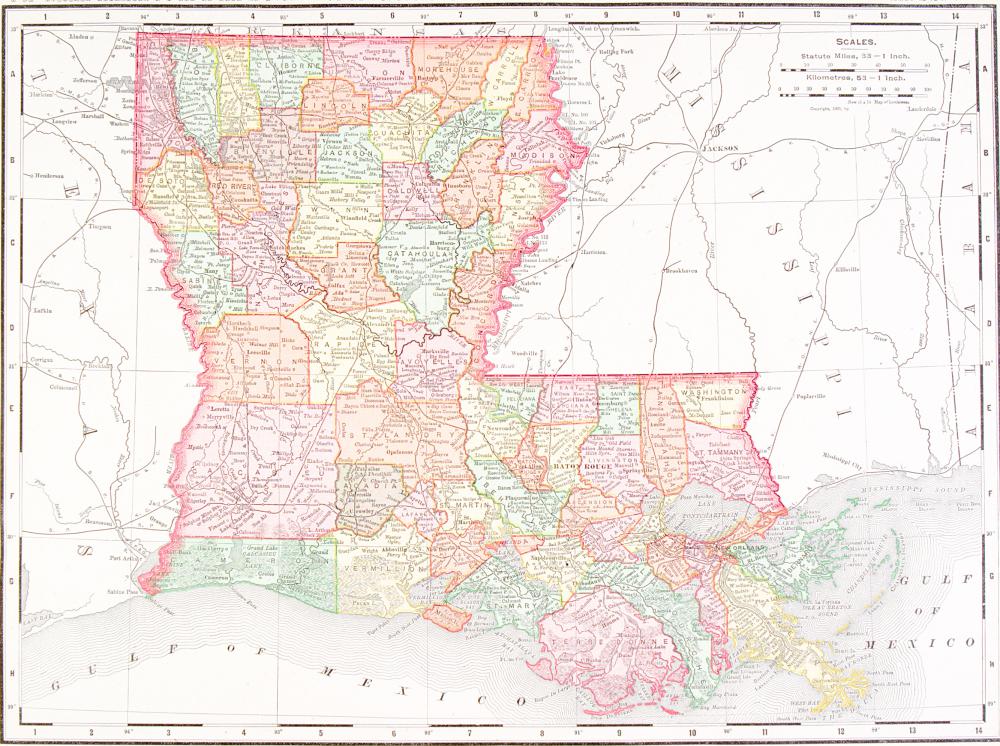At HomeQuestionsAnswered, we're committed to delivering accurate, trustworthy information. Our expert-authored content is rigorously fact-checked and sourced from credible authorities. Discover how we uphold the highest standards in providing you with reliable knowledge.
What is Buffalo Grass?
Buffalo grass is a type of prairie grass native to North America. It can be found growing from Montana in the United States all the way to Mexico, and in some coastal areas of Louisiana and Texas. The name “buffalo grass” stems from it’s long-ago use of sustaining herds of buffalo which once roamed the Great Plains of the United States. It was also used extensively by early settlers to build their homes.
In appearance, buffalo grass has curly leaves of a blue-green color supported on slender stems, and produces flower stalks which can grow 4-8 inches (10-20 centimeters) tall. It is a low growing species, and typically only reaches about 8-10 inches (20-25 centimeters) in height. Buffalo grass thrives in warm climates, and is one of the very few North American grasses which can tolerate drought. Sine the late 1980s, it has become very popular due to its drought resistance, hardiness, and ease of care. It can survive on as little as 1 ½ inches (3.8 centimeters) of rainfall per month, if necessary.

Although hardy in low precipitation areas, the buffalo grass lawn can be difficult to maintain in areas of heavy traffic, high elevation, sandy soil, or prominent shade. Golf courses, cemeteries, and open lawn areas are most suitable for the grass. For homeowners, purchasing buffalo grass sod may consume less time than trying to grow from seed. This is due to it’s lower than normal germination rate, which is thought to be a result of the plant’s chemical makeup.

However, buffalo grass seed may be grown with success if treated before planting. When the seed is chilled to at least 10 degrees F (-12 degrees C) for 6-8 weeks, the rate of germination improves to 80-90 percent. As a comparison, untreated seed only has a 20 percent rate of germination. There are also chemical treatments which may be applied to the seed to break dormancy.

With enough moisture, treated buffalo grass seed planted in the spring months will begin to germinate within 7-10 days. Without adequate water, the seed will remain dormant until more favorable conditions are presented. It is recommended that buffalo grass be sown at a rate of 4-6 pounds (1.8-2.7 kilograms) of seed per 1,000 square feet (93 square meters) of soil. This should result in full ground cover within several months of planting, as long as the seedlings receive enough water.
Once buffalo grass has been established, it is very low maintenance and requires only minimal mowing. Irrigation can provide water, if necessary in very low rainfall areas. Otherwise, it should be mowed at a height of 2-3 inches (5-8 centimeters) and watered only as needed.
AS FEATURED ON:
AS FEATURED ON:













Discuss this Article
Post your comments